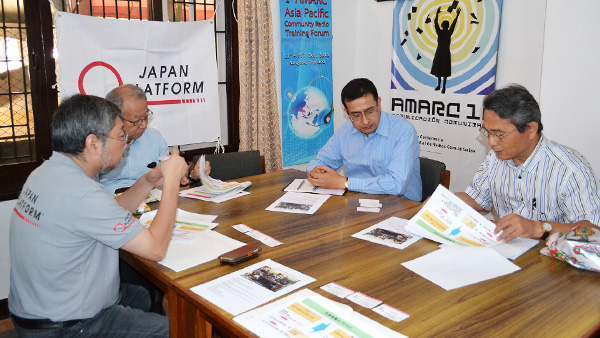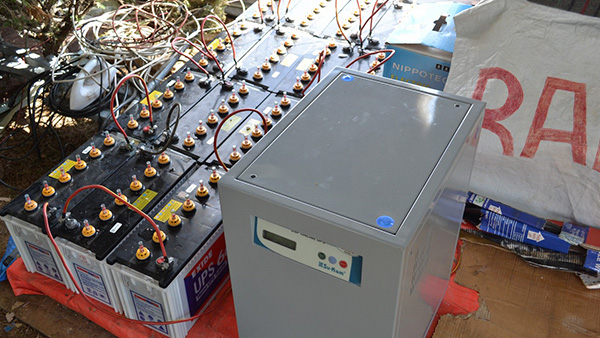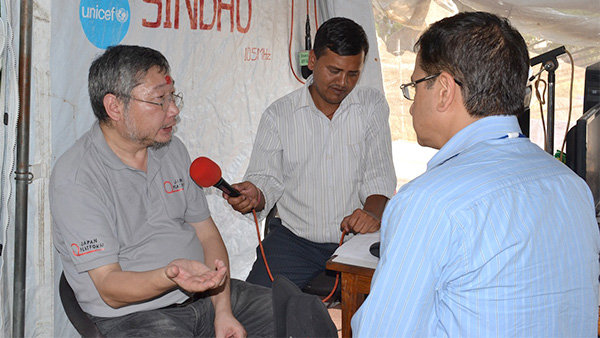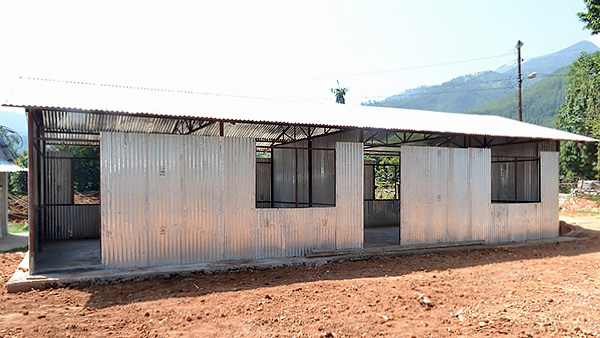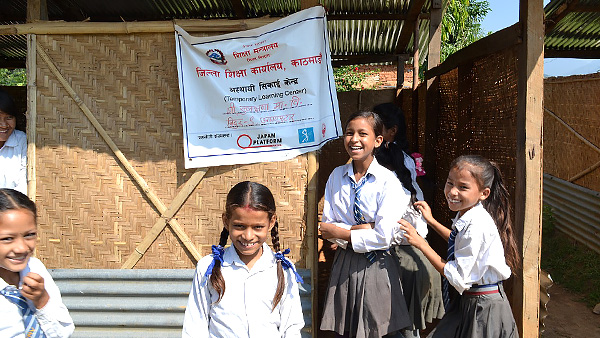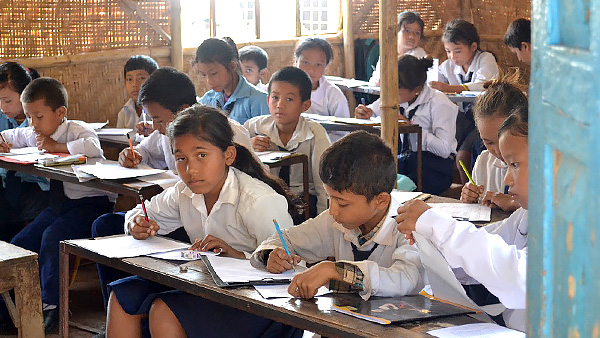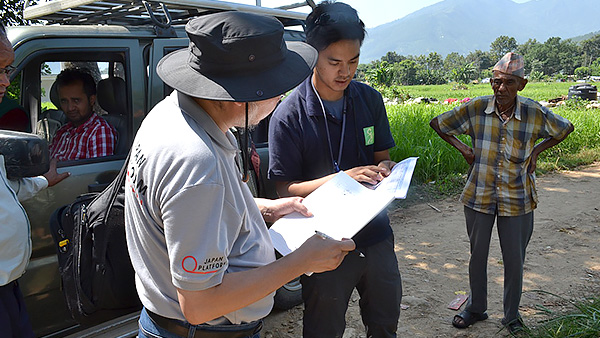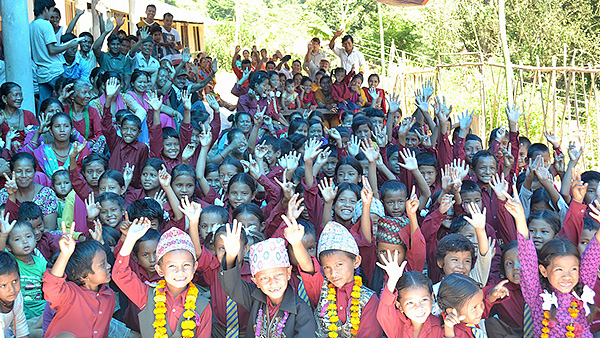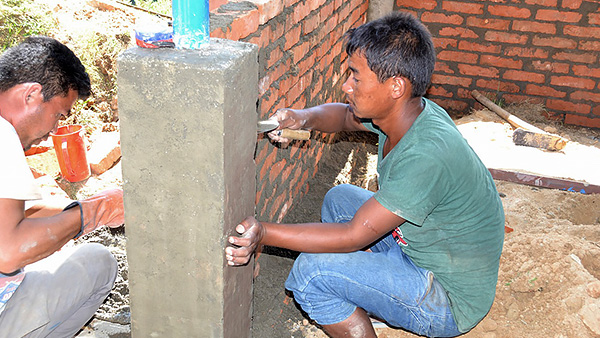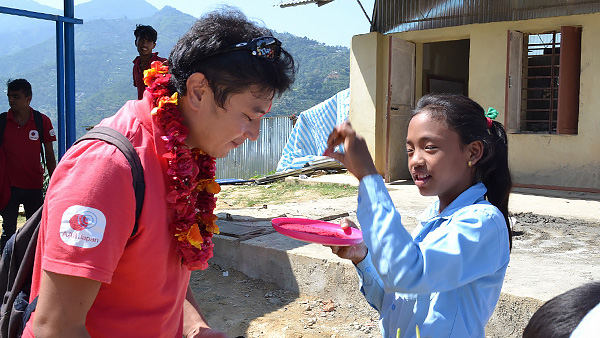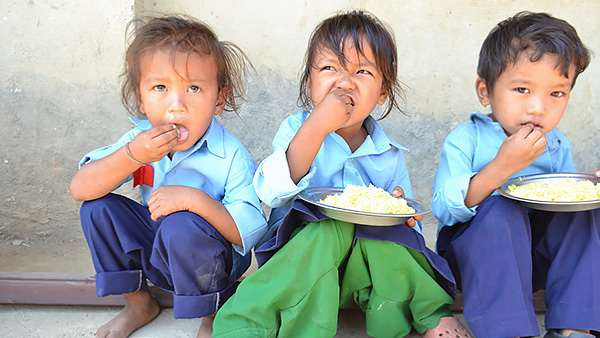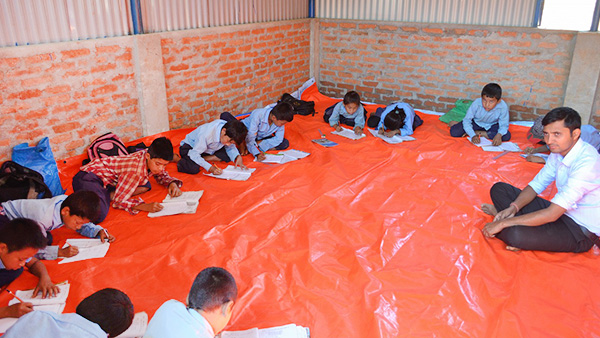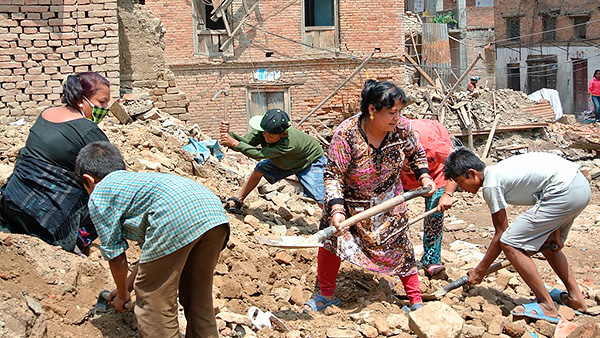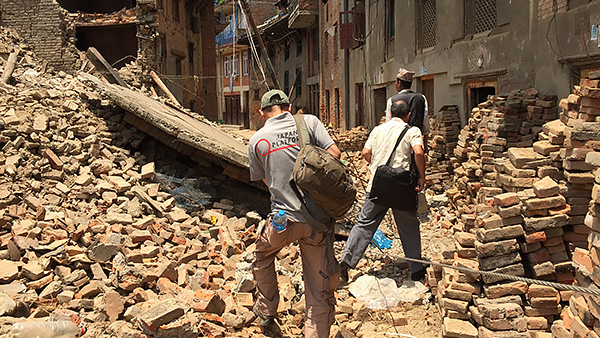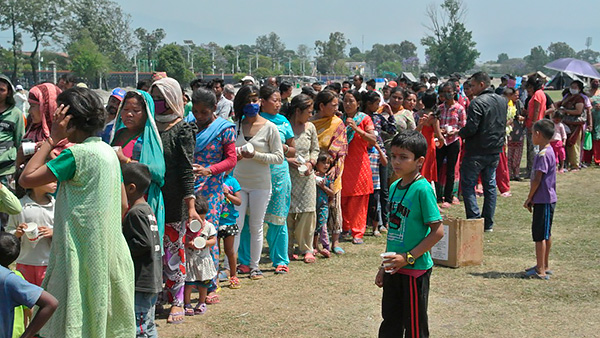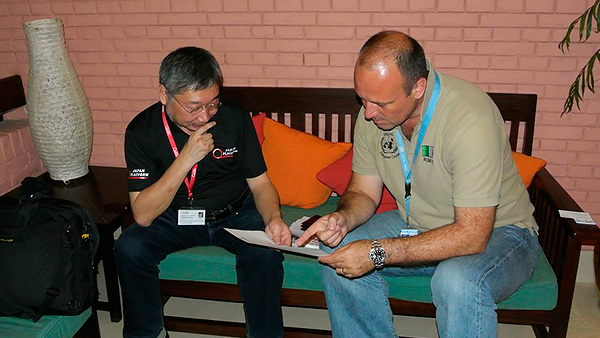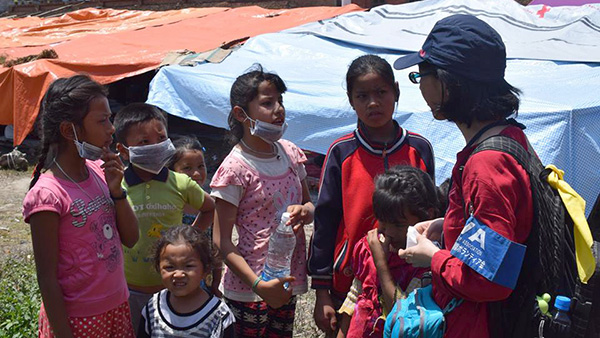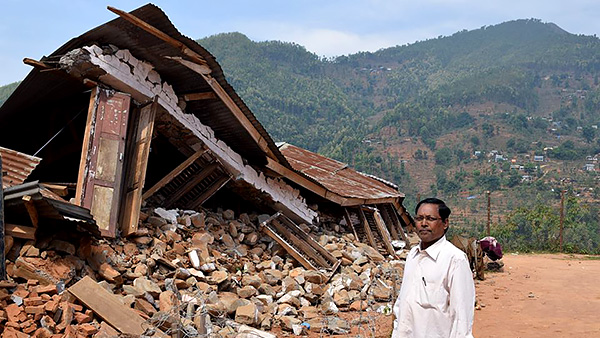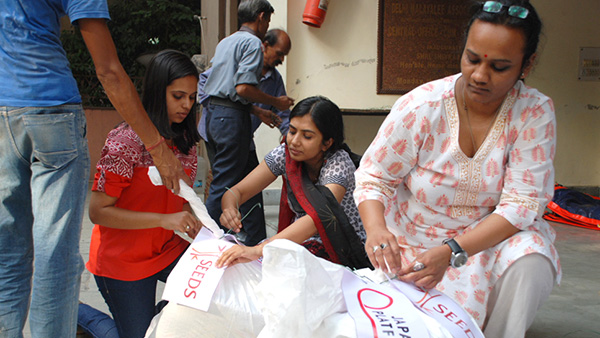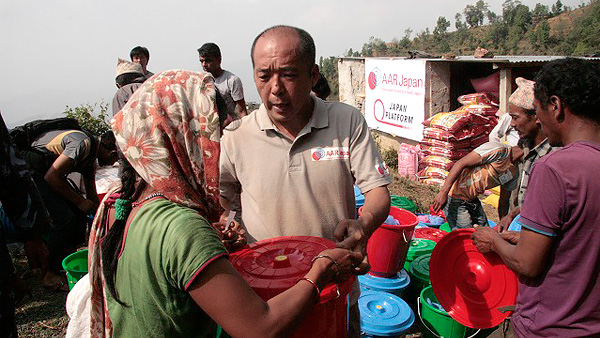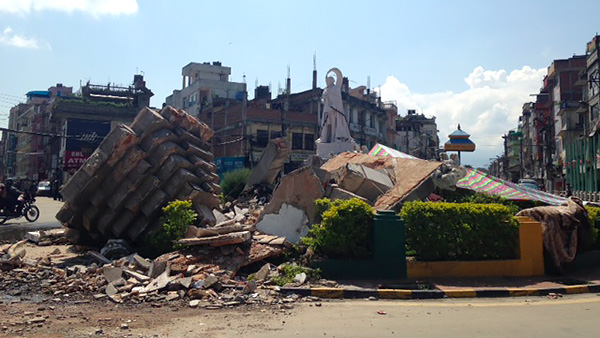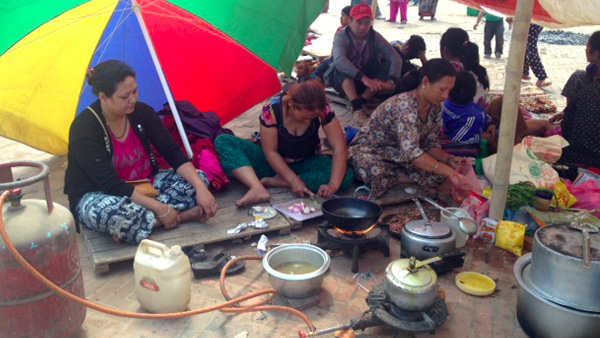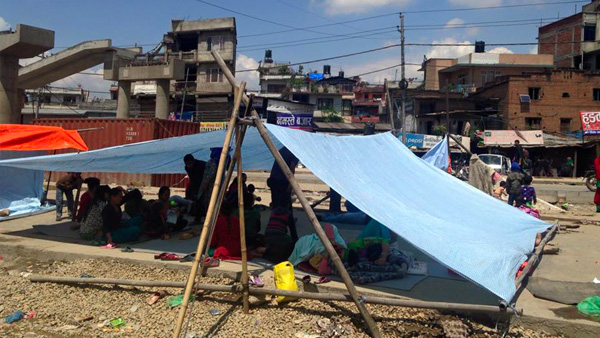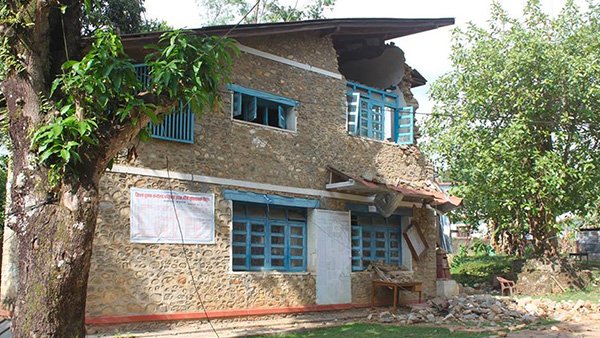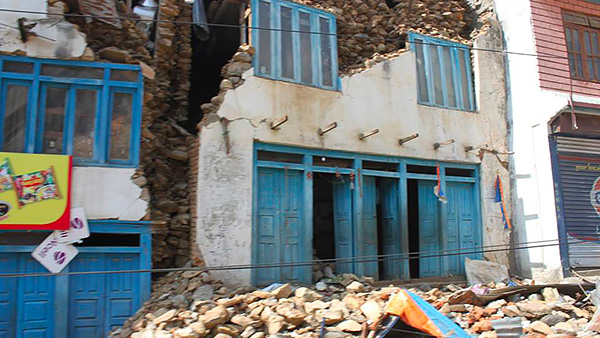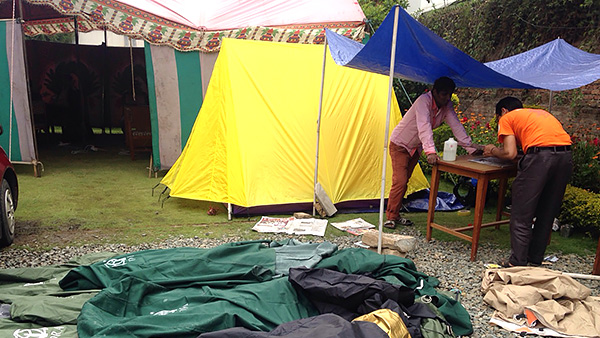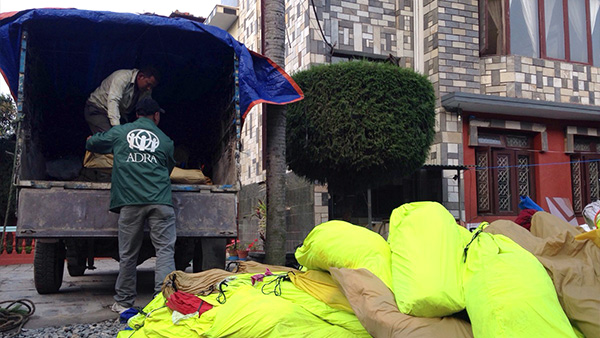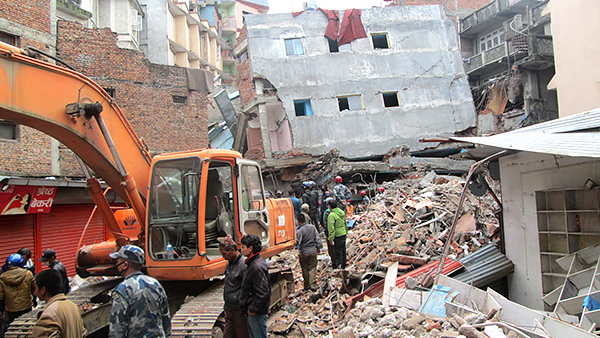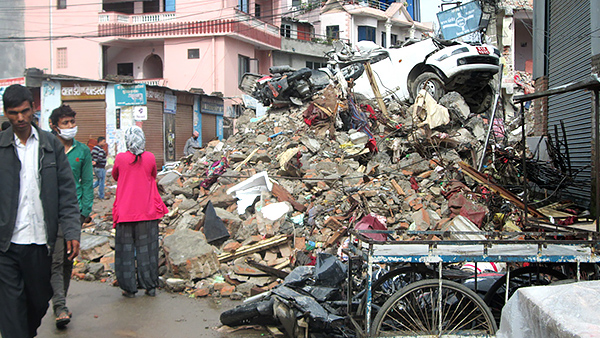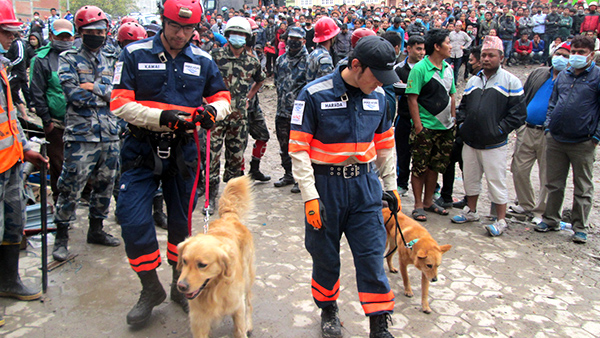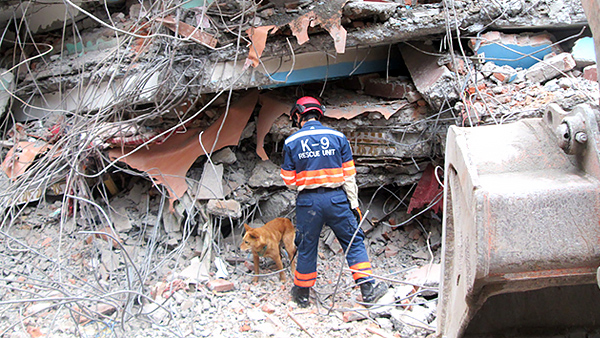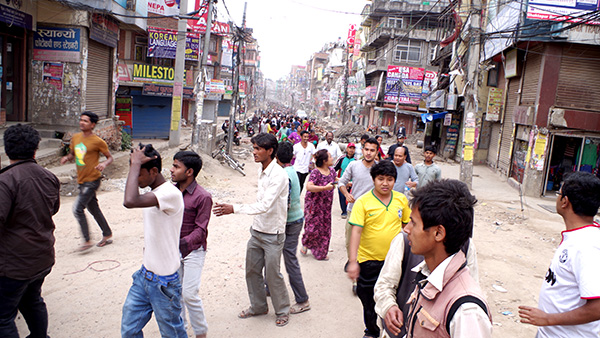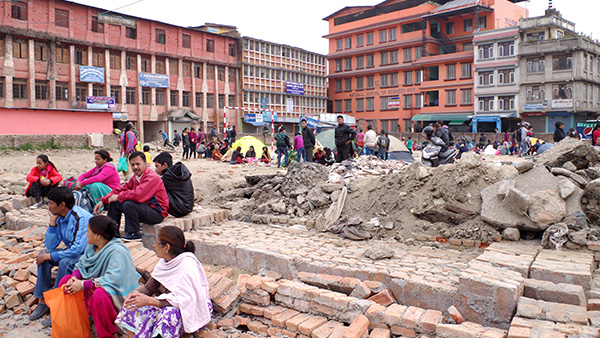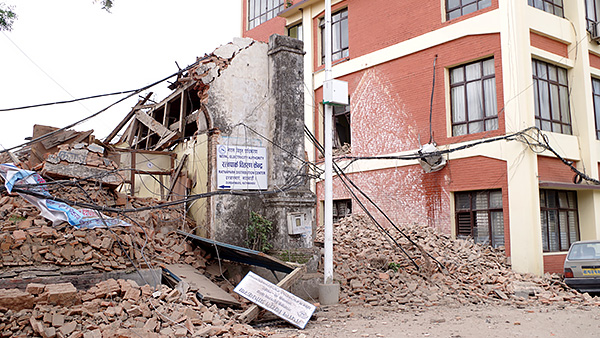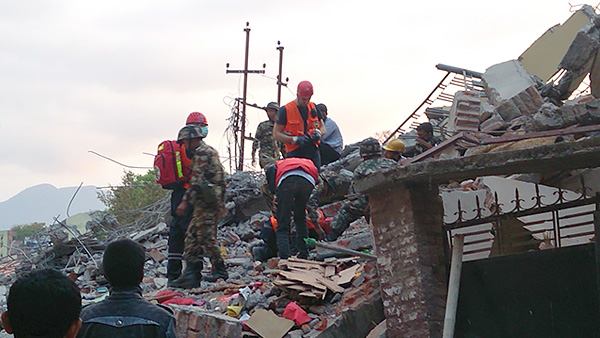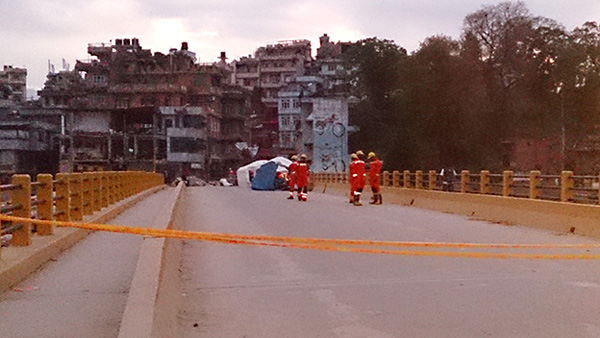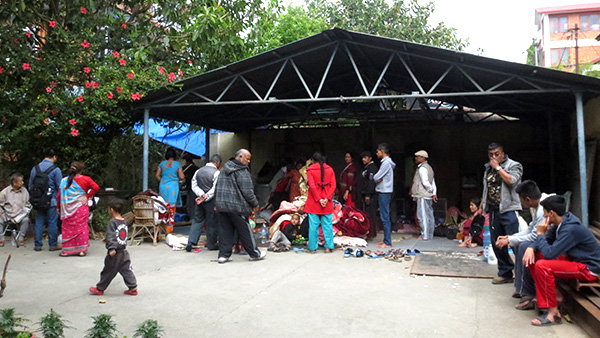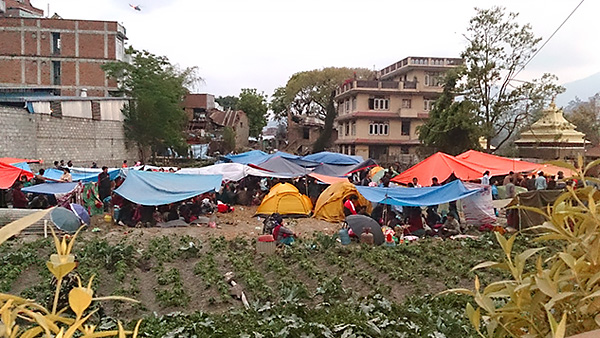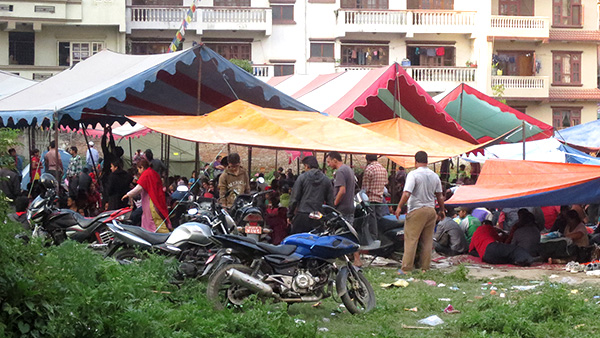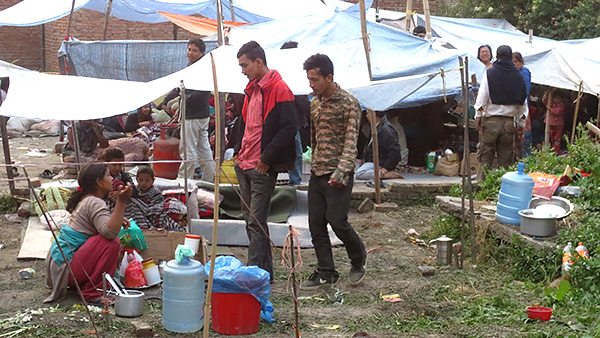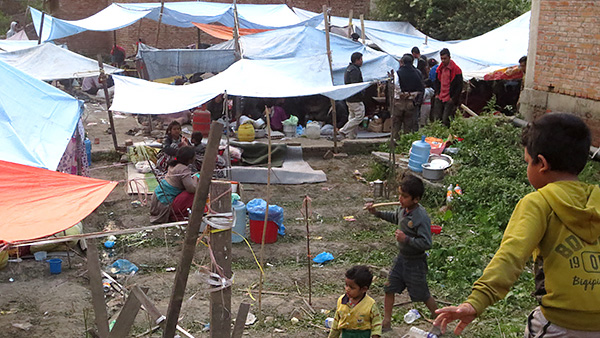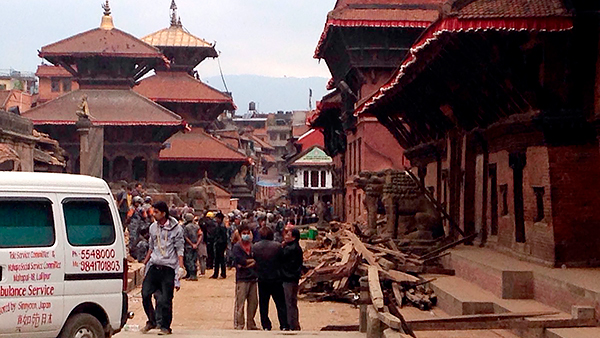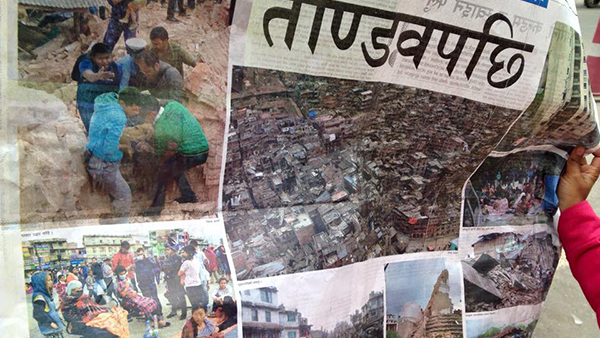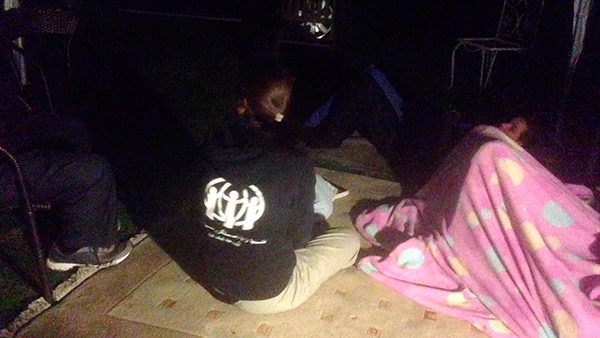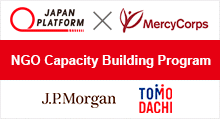Nepal
Emergency response to Nepal Earthquake
April 2015 - May 2016 (Extended: December 2016)
Overview & Program Summary
At 11:56 a.m. local time on April 25, 2015, a M7.8 earthquake struck the Republic of Nepal. Its epicenter was in Saurpani, Gorkha District, which is located approximately 81 km northwest of Kathmandu, Nepal's capital. Then, on May 12, a M7.3 aftershock struck near Chilankha, Dolakha District. The death toll, number of affected people, as well as the number of houses that were either completely or partially destroyed reached enormous figures, resulting in Nepal's worst disaster in the past 80 years.
Immediately after the earthquake struck, we (JPF) began to gather information on the disaster. We launched an emergency relief program which involved 34 relief projects by 16 member NGOs. Activities began with search and rescue efforts on April 27th.
During the relief projects, which continued until May 31, 2016, we faced several difficulties such as rainfall and landslides caused by the rainy season as well as a serious shortage of fuel and supplies due to the blockade of the India-Nepal border. In the end, however, we were able to make significant contributions to the early recovery of the affected areas, benefiting 2.5 million people.
In response to our requests for donations that would benefit such relief efforts, we received the support of many companies and individuals, thanks to the cooperation of various outside organizations such as Keidanren (Japan Business Federation). The total amount of donations was over 280 million yen.
2016 marks the 60th anniversary of the establishment of diplomatic relations between Japan and Nepal. Many people in Japan, a country with frequent earthquakes, can identify with the hardships of those affected by the earthquake in Nepal. At a symposium commemorating the first anniversary of the earthquake, the people of Japan sent messages saying that they would continue to be in their thoughts and prayers and that they would do what they can from Japan.
- Duration of the relief program: April 27, 2015 to May 31, 2016
- Number of NGOs participated: 16
- Number of relief projects: 34
- Total amount of aid: 572.22 million NPR (543.09 million JPY)*
- private funds: 267.82 million NPR (254.19 million JPY)
- government funds: 304.40 million NPR (288.90 million JPY)
- Number of people who benefitted from the relief activities: 2,501,268
* Exchange rate of August 27, 2016. The same shall apply hereafter.
Timeline of Activities

Evaluations and Lessons (Excerpts from Project Monitoring Report)
1.Contributed to the recovery of basic human needs. Raising awareness of the projects is an area that still needs improvement.
- We carried out relief efforts in remote locations according to the needs and requests of those affected.
- We contributed to the recovery of basic human needs of those affected, as we spent nearly 50% of our budget on building shelters and distributing supplies.
- Many of the member NGOs attended cluster meetings in the affected areas, and planned their projects while sharing information with one another. On the other hand, how they can raise awareness of the relief efforts in country team and the UN system needs to be examined in the future.
2.Valuing partnership and ownership deserves recognition.
- Member NGOs actively shared information with one another on General Agreements (GA) for carrying out their projects in the affected areas as well as on coordination with local district governments and local organizations. We (JPF) demonstrated our strength as an organization consisting of NGOs that carried out relief projects on the ground.
- Each NGO respected local ownership and adopted a method that involved the participation of community residents as much as possible when carrying out their projects.
3.Responding to external factors is an area that needs improvement
- Issues related to access (due to the lack of infrastructure) as well as the political situation need to be envisioned as external factors when carrying out emergency relief projects in Nepal in the future.
4.Appreciable contributions made to recovery and reconstruction
- Short-term emergency relief efforts have served as an opportunity for committing to mid-to long term projects. Therefore, this program has made appreciable contributions to Nepal's recovery and reconstruction.
Program Report of Emergency Response to Nepal Earthquake
English Summary Report in P4&5 (PDF 6.5MB)
NGO's Project : JOICFP
Providing mobile clinic services and distributing dignity kits to vulnerable women
 When disaster strikes, women are especially vulnerable. To meet the health care needs of women who were affected by the earthquake, we provided 12,948 people (including 10,337 women) in four disaster-hit districts with mobile clinic services, with a focus on reproductive health. Simultaneously, we provided counseling on gender based violence as there was concern for its rise after the earthquake. Additionally, we distributed dignity kits including sanitary items and clothes to 1,310 people, most of whom were pregnant women.
When disaster strikes, women are especially vulnerable. To meet the health care needs of women who were affected by the earthquake, we provided 12,948 people (including 10,337 women) in four disaster-hit districts with mobile clinic services, with a focus on reproductive health. Simultaneously, we provided counseling on gender based violence as there was concern for its rise after the earthquake. Additionally, we distributed dignity kits including sanitary items and clothes to 1,310 people, most of whom were pregnant women.
Voice from the Field
I was relieved to have been seen by a doctor before and after giving birth.
 I lost my house due to the earthquake. I currently have a two-month-old child, but since I had lost my first child one month after birth, I was very worried before and after delivery. However, I had no opportunities to be seen by a doctor. Thanks to the mobile clinic service, I was very relieved to have both myself and my child seen by a doctor. I was also happy that the dignity kit included winter clothes. Thank you very much. - Beneficiary of a JOICFP project
I lost my house due to the earthquake. I currently have a two-month-old child, but since I had lost my first child one month after birth, I was very worried before and after delivery. However, I had no opportunities to be seen by a doctor. Thanks to the mobile clinic service, I was very relieved to have both myself and my child seen by a doctor. I was also happy that the dignity kit included winter clothes. Thank you very much. - Beneficiary of a JOICFP project

